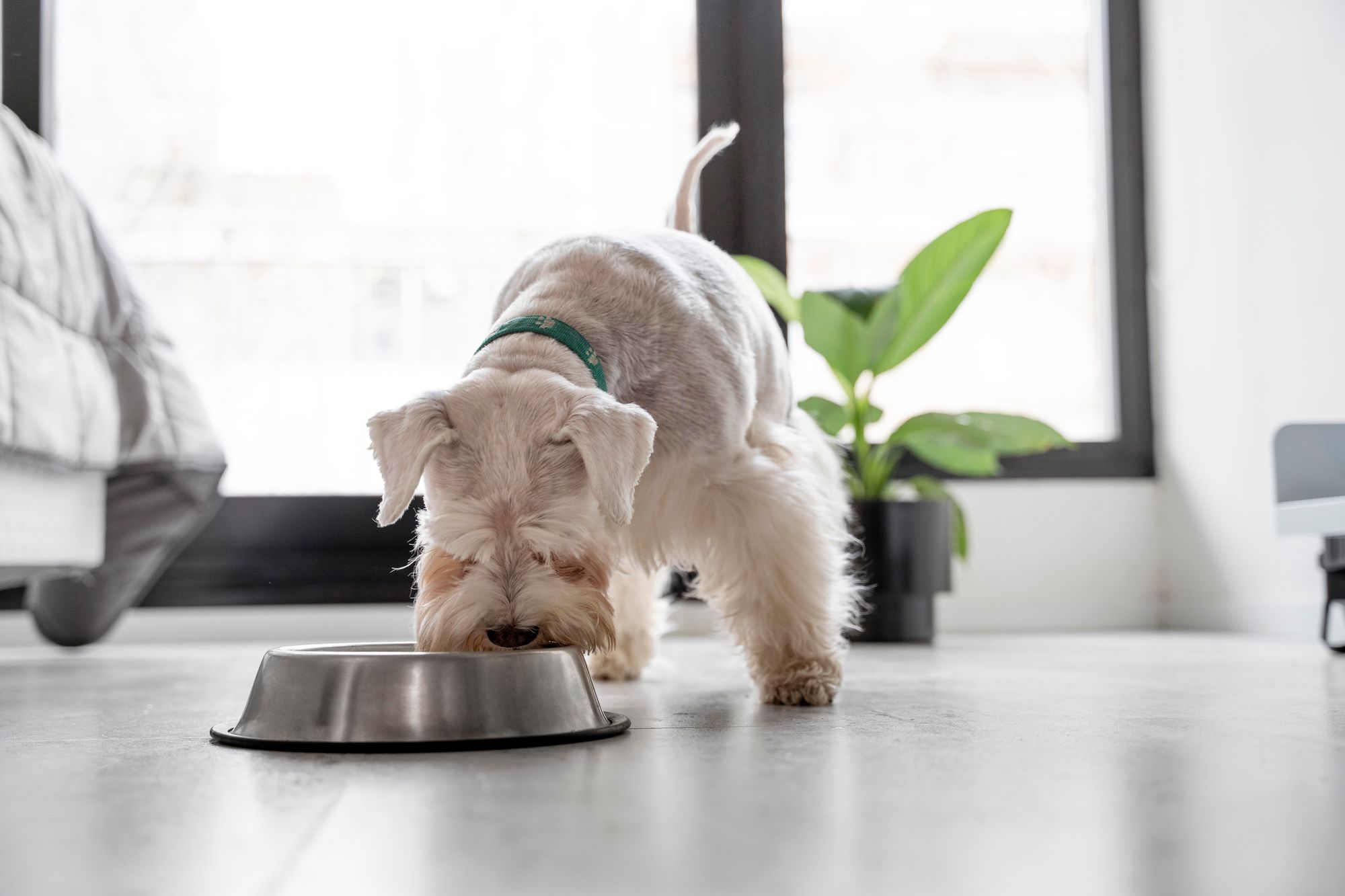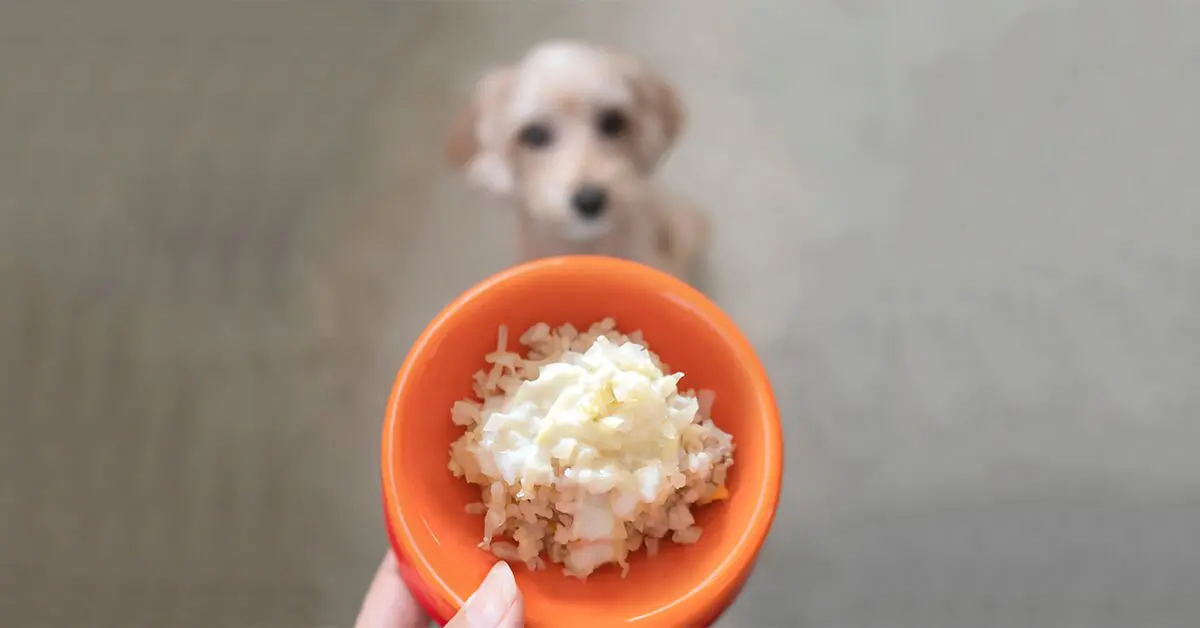Looking for a simple and nutritious addition to your dog’s diet? Rice might just be the answer you’re looking for. Many dog owners wonder if rice is good for their furry friends, and the answer is a resounding yes. Rice is not only safe for dogs to eat, but it can also provide several health benefits.

Today, we’ll share the different types of rice that are safe for dogs and discuss the benefits they offer. So, if you’re curious about whether rice is a good addition to your dog’s diet, keep reading to find out more.
Is Rice Good for Dogs?
Let’s find out why rice can be a great addition to your dog’s diet.
1. Easy Digestion
One of the advantages of feeding your dog rice is its ease of digestion. Plain white rice, in particular, is gentle on their stomach and can help soothe digestive upset. It is also easy for dogs to break down and absorb the nutrients, making it a good option for dogs with gastrointestinal issues.
2. Good for Sensitive Stomachs
If your dog has trouble tolerating other grains, rice can be an excellent alternative. It is well-tolerated and less likely to trigger any sensitivities or allergies. In fact, many commercial dog foods designed for dogs with sensitive stomachs include rice as a primary ingredient.
3. Gluten-Free Option
For dogs that require a gluten-free diet, rice is a fantastic choice. It is naturally free of gluten and provides a nutritious carbohydrate source for dogs who need to avoid wheat or other grains containing gluten.

4. Suitable for Puppies
Puppies have unique dietary needs, and rice can be a valuable addition to their nutrition. For young pups who struggle with kibble due to their age or digestive issues, rice can be an easily digestible option, providing important nutrients to support their growth and development.
Types of Rice for Dogs
Let’s take a closer look at some of the types of rice that can be included in your dog’s balanced diet.
1. White Rice
Plain white rice is a popular choice when your dog’s stomach is upset. It is easily digestible and can help soothe gastrointestinal issues. White rice is also beneficial because it feeds good bacteria in the gut and can regulate bowel movements. However, it is important to note that white rice has a high glycemic index, so it may not be suitable for overweight dogs or dogs with diabetes.
2. Brown Rice
Brown rice is a nutritious option that is often found in commercial dog foods. It contains more fiber than white rice, which can be beneficial for dogs with regular digestion. However, if your dog has a history of gastrointestinal issues, it is best to avoid feeding them brown rice.
3. Red Rice
Never will your dog live in discomfort if you introduce red rice to its diet. Red rice is safe to feed and can be particularly helpful for dogs with digestive issues. It provides a balanced source of nutrients and can contribute to your dog’s overall well-being.
4. Jasmine Rice
Jasmine rice is a soft and long-grain rice from Thailand. It has a floral aroma and can be a good alternative to white rice. Just like brown rice, jasmine rice is suitable for dogs and can be included in their diet in moderation.
How to Prepare Rice for Dogs?
If you’re considering adding rice to your dog’s diet, it’s important to know how to prepare it properly. Follow these simple steps to ensure your furry friend gets a safe and nutritious meal:

- Choose the Right Type of Rice: Opt for plain white rice or brown rice, which are both easily digestible for dogs. Avoid using seasoned or flavored rice, as these may contain harmful ingredients like onions or garlic.
- Cook the Rice Plain: When preparing rice for your dog, cook it without any additional seasonings or spices. Avoid using salt or butter, as these can be harmful to your pet’s health.
- Measure the Proportions: The amount of rice you feed your dog should be based on their weight, size, and specific dietary needs. Consult with your veterinarian to determine the appropriate portion size for your furry friend.
- Introduce Rice Gradually: If you’re introducing rice to your dog’s diet for the first time, it’s essential to do so gradually. Start by adding a small amount of cooked rice to their regular food, and monitor their digestion and overall well-being.
- Observe Any Dietary Reactions: Keep an eye out for any adverse reactions your dog may have to rice. While rice is generally safe for most dogs, some may be allergic or sensitive to it. If you notice any signs of gastrointestinal upset or allergies, discontinue feeding rice and consult your veterinarian.
Frequently Asked Questions
Can I feed rice to my dog everyday?
No, it is not recommended to feed rice to your dog everyday due to its high glycemic index, which can raise blood sugar levels. Consult your veterinarian for appropriate feeding recommendations.
Does rice make dog poop firm?
Yes, rice can help firm up dog poop. It is low in fiber and gentle on the stomach, allowing stool to form instead of causing watery bowel movements.
How much rice do I give my dog?
For large dogs, feed about 1/3 cup of rice two or three times per week. Smaller dogs should have much less. Remember to consider rice as a treat or an added ingredient, not as a main meal.

Hey there, I’m Janet Brooks, a dog-loving student from California. I’m all about helping pups in need, especially those without homes. Me and my awesome friends work together to give shelter and love to stray dogs. Oh, and I also write blogs about dogs to share helpful info.